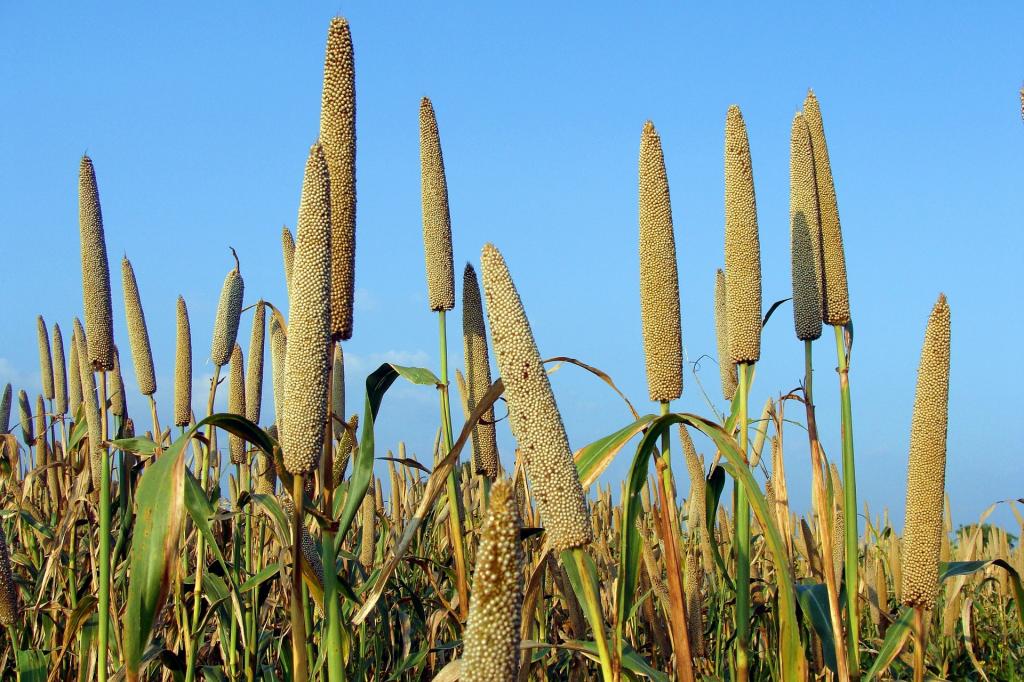Free Courses Sale ends Soon, Get It Now


Free Courses Sale ends Soon, Get It Now



Disclaimer: Copyright infringement not intended.
Context
Must Read- Comprehensive Article on Millet: https://www.iasgyan.in/daily-current-affairs/millet
Must Read: Climate Resistant Agriculture: https://www.iasgyan.in/daily-current-affairs/climate-resilient-agriculture
Background
Rice Focus
|
2022 and Erratic Monsoon Erratic monsoon in 2022 has increased the government’s concern for the Kharif season yield. The sowing of paddy and pulses was severely affected in most areas this year.
This year, sowing was done in 36.75 million hectares of land through August 26, 2022. This is 2.34 million hectares less than last year, showed data from the Union ministry of agriculture. At the same time, pulses have been sown in 12.77 million hectares this year, while last year pulses were sown in 13.43 million hectares — 666,000 hectares less. Even the sowing of oilseeds has decreased slightly this year. However, the sowing for coarse grains has increased. Coarse cereals have been sown in 17.63 million hectares this year as against 16.93 million hectares last year — an increase of 694,000 hectares. The acreage of millet has increased the most. |
Importance of Coarse Grains
Facts
Health benefits of Coarse Grains
Challenge and Way Ahead
Conclusion
© 2024 iasgyan. All right reserved